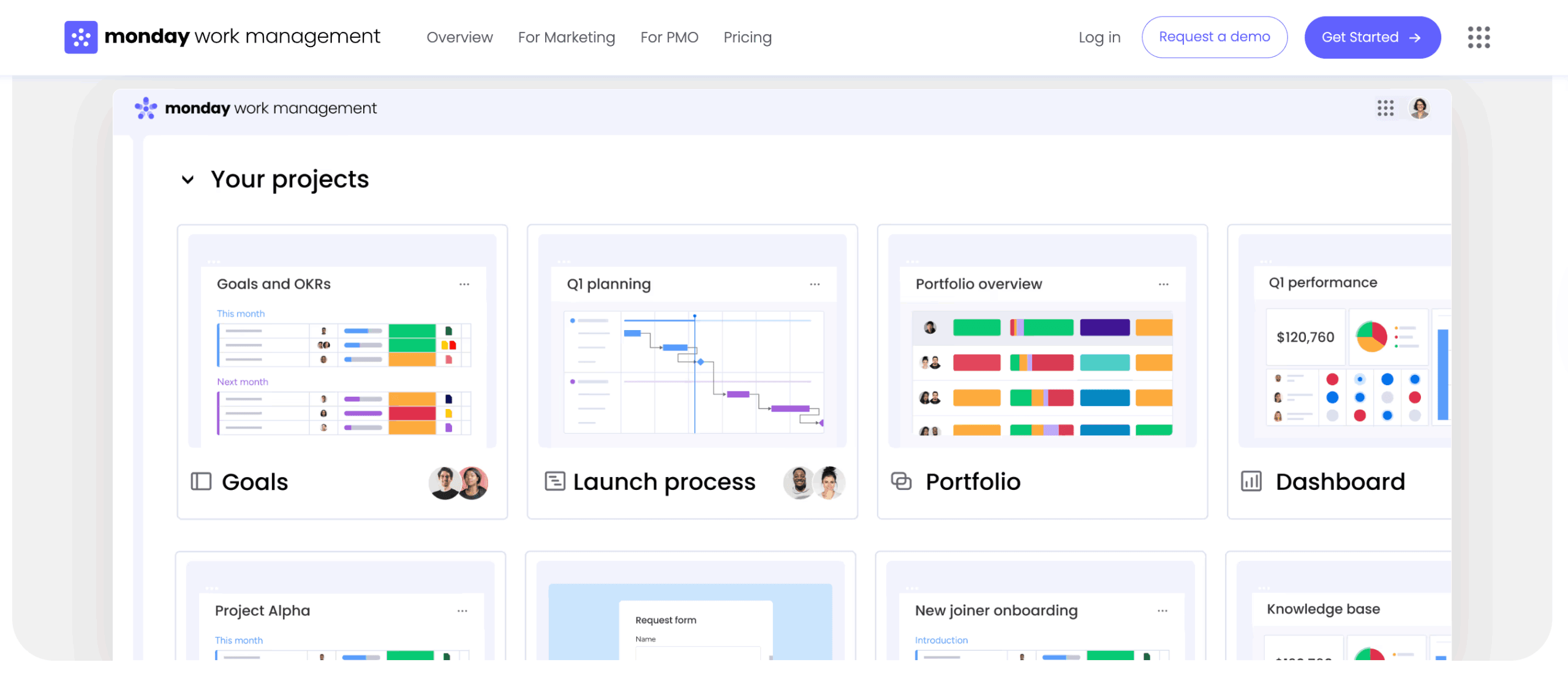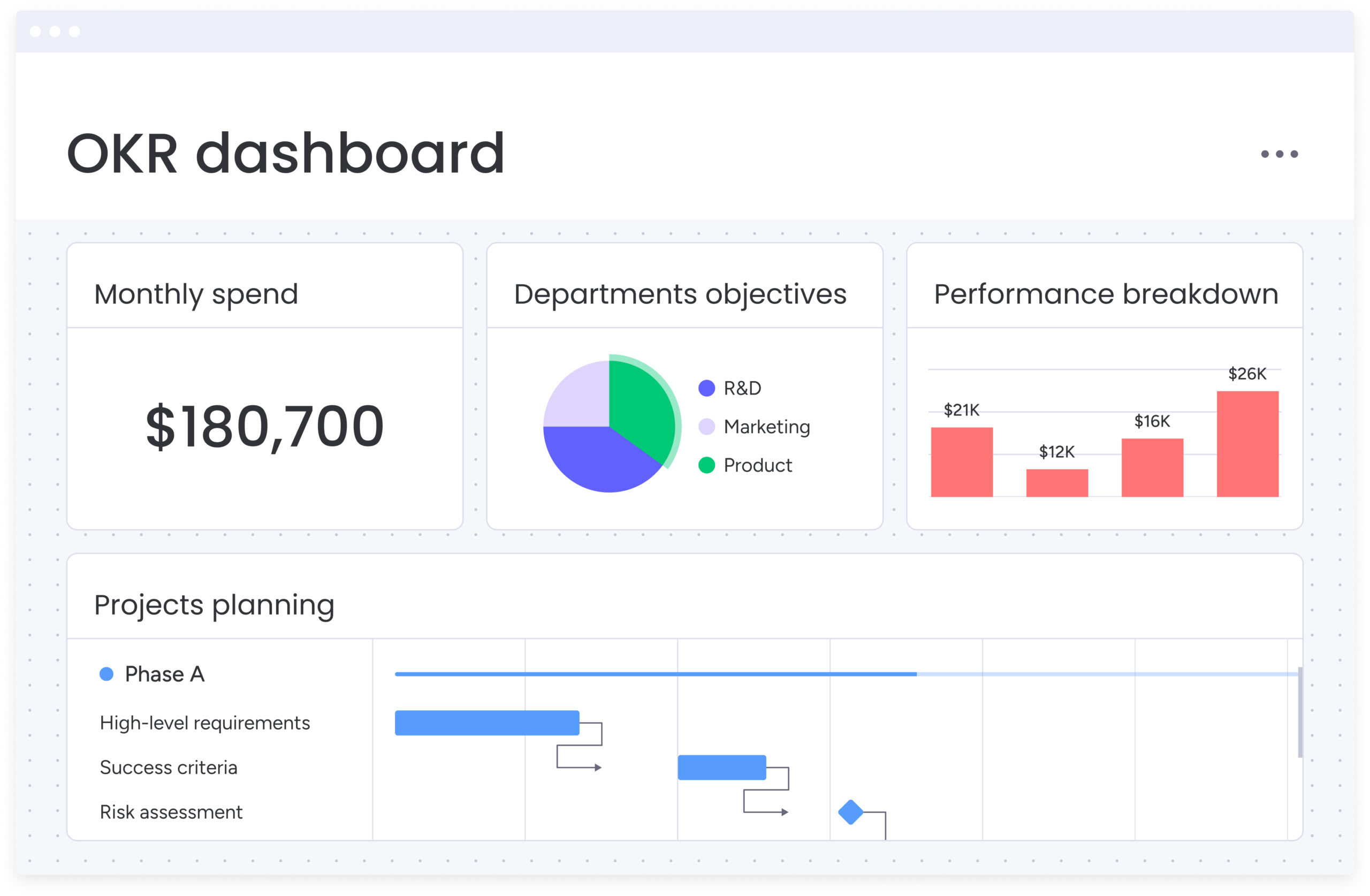Project budgets rarely go off track because teams don’t work hard enough. More often, it happens because the initial cost estimate wasn’t clear, realistic, or detailed enough to guide day-to-day decisions. That’s why cost estimation is one of the most important parts of project planning. It shapes the budget you request, the resources you secure, and the expectations you set with leadership and stakeholders.
A strong estimate gives you more than a number. It helps you understand what the project truly requires, where risks might affect spending, and which assumptions you’re relying on before work begins. It also builds alignment, so everyone — from contributors to executives — knows what “on budget” is supposed to look like.
As projects grow more complex, teams need repeatable techniques that make estimating easier and more dependable. This helpful post walks through those techniques, explains how to choose the right approach, and outlines a step-by-step process for building a cost estimate you can defend with confidence.
Key takeaways
-
Clear estimates matter: accurate cost forecasting sets realistic expectations and helps teams avoid budget surprises.
-
Use the right technique: choose from analogous, parametric, bottom-up, or three-point estimating based on your project’s complexity.
-
Plan for uncertainty: factoring in risks and adding contingency keeps your budget stable when things change.
-
Review early and often: collaborating with stakeholders strengthens your assumptions and improves estimate accuracy.
-
Track everything on monday work management: use real-time dashboards and cost tracking features to compare estimates with actual spending and stay on budget.
What is cost estimation in project management?
Cost estimation in project management is the process of forecasting the total financial resources needed to complete a project from beginning to end. It gives you an early picture of what it will take to deliver the work, allowing teams and decision-makers to understand the scale, effort, and investment required before committing.
A complete estimate typically includes several categories of expenses, giving you a rounded view of everything that contributes to the final cost. These often include:
-
Direct costs: expenses tied directly to project activities, such as materials, software, equipment, or contractor fees.
-
Labor costs: the time, skill level, and capacity required from each team member to complete the work.
-
Indirect costs: shared expenses that support the project but aren’t tied to a single task, like utilities, administrative support, or workspace needs.
-
One-time costs: purchases or setup fees required at the start of the project.
-
Ongoing costs: recurring expenses that continue throughout the project life cycle.
Is accurate cost estimation crucial for project success?
Accurate cost estimation shapes almost every decision that follows in a project. When your estimate is clear and grounded in real requirements, you set a realistic foundation for planning, staffing, and prioritizing work. When it isn’t, teams often face avoidable setbacks later—budget overruns, resource shortages, or stalled approvals.
A reliable estimate helps teams:
-
Secure the right level of funding: leaders can confidently approve budgets when they understand the reasoning behind the numbers.
-
Set realistic expectations: stakeholders know what’s achievable within the planned budget and where constraints may appear.
-
Prevent budget drift: early clarity reduces the risk of incremental overspending that builds up over the project life cycle.
-
Spot potential issues sooner: when actual spending begins to deviate from the estimate, teams can investigate and adjust before costs escalate.
-
Make better trade-offs: knowing the financial impact of scope changes helps teams decide what to prioritize, postpone, or remove.
Accurate estimation doesn’t guarantee project success, but it gives teams the visibility and control they need to deliver within their financial boundaries
Best project cost estimation techniques compared
Project managers use several standard estimation techniques to determine project costs. Each has its own strengths, and choosing the right one depends on the project’s complexity and the data available.
Here’s a quick comparison:
| Technique | Best for | Pros | Cons |
|---|---|---|---|
| Analogous estimating | Early-stage estimates when data is limited | Quick and requires minimal detail | Less accurate; relies on the similarity of past projects |
| Bottom-Up estimating | Detailed planning when task-level information is available | Highly accurate and detailed | Time-consuming and requires a complete work breakdown |
| Parametric estimating | Projects with repetitive tasks and historical | More accurate than analogous; scalable | Requires reliable historical data and clear parameters |
| Three-Point Estimating | High-risk projects with significant uncertainty | Accounts for risk and provides a probable cost range | Can be complex to calculate; relies on expert judgment |
Analogous estimating
Analogous estimating involves using the budgets from similar past projects as a baseline for a current one. This technique is most effective in the early stages when you may not have all the details for the new project.
However, since every project is unique, the budget will likely need adjustments as more information becomes available.
Bottom-up estimating
With the bottom-up method, project managers calculate costs for each individual task and then add them up to get a total project budget. This granular approach provides a highly accurate picture of the total cost. It also helps identify where existing resources or staff can be allocated, potentially reducing the need for new funding.
Parametric estimating
Parametric estimating uses statistical relationships between historical data points to calculate a budget. For example, a construction project manager might use the average cost per square foot from past projects to estimate the cost of a new building. Unlike analogous estimating, which compares entire projects, parametric estimating uses specific data and formulas, resulting in more precise forecasts.
Three-point estimating
Three-point estimating helps project managers create more accurate forecasts by considering three different scenarios: an optimistic (best-case), a pessimistic (worst-case), and a most likely estimate. The project manager then uses these three values (often by averaging them) to arrive at a final estimate. This method helps teams avoid optimism bias and builds in a buffer for potential risks.

How to create a project cost estimate
Now that you know the techniques, let’s walk through the process. Here’s how to build a reliable cost estimate from the ground up.
Step 1: define the project scope and deliverables
First, make sure your budget aligns with the project’s scope. A low estimate might seem impressive initially, but if it doesn’t cover all the required work, you’ll face problems later. Clearly define all project goals, deliverables, and boundaries to ensure your estimate is comprehensive.
Step 2: create a Work Breakdown Structure (WBS)
Break the project down into smaller, manageable tasks. A high-level estimate often misses crucial details. By creating a Work Breakdown Structure (WBS), you can see every activity that requires resources. This detailed view helps avoid budget shortfalls once the project is underway.
Step 3: estimate time and resources for each task
For each task in the WBS, estimate the time, personnel, and materials needed. Compare the current project to past efforts to ground your estimates in reality. For instance, if a team estimates they can create a training curriculum in three months based on a past project, double-check the requirements.
If the last curriculum had 12 modules and the new one has 36, it will require significantly more time and resources.
Step 4: determine direct and indirect costs
Assign costs to all the resources you identified. Calculate direct costs like salaries, software licenses, and materials. Don’t forget to factor in indirect costs, such as administrative overhead, utilities, and office space, which are also part of the total project expense.
Step 5: factor in risk and add a contingency buffer
No project goes exactly as planned. It’s always better to budget for unexpected costs from the start than to request more funding later. Including a contingency buffer ensures that unforeseen issues don’t derail your project due to a lack of funds.
Step 6: review and refine with stakeholders
Share your draft estimate with team members, department heads, and other stakeholders. Their experience and input can help you spot inaccuracies or overlooked items. Rushing an estimate can lead to errors, so allocating adequate time for a thorough review is crucial for accuracy.
Step 7: establish a cost baseline for tracking
Once the estimate is approved, it becomes the cost baseline. This is the standard you’ll use to measure and control project spending. Tracking actual costs against this baseline will help you identify budget variance and make necessary adjustments to keep the project on track.
Avoiding common pitfalls in project management cost estimation
Even well-planned projects can run into cost issues if early estimates miss important details or rely too heavily on assumptions. Understanding the most frequent pitfalls helps you build stronger estimates and avoid financial surprises later.
Here are some challenges teams encounter and simple ways to prevent them:
-
Optimism bias: assuming work will take less time or fewer resources than it actually does.
Ground your numbers in real data from previous projects or expert input. When uncertainty is high, use a wider range of estimates instead of a single optimistic guess. -
Overlooking indirect and supporting costs: focusing only on visible, task-level expenses.
Remember to include shared costs such as admin support, workspace needs, tools used across teams, or required overhead. These can add up quickly when ignored. -
Underestimating risks: not accounting for delays, rework, or unexpected dependencies.
Build in a contingency that reflects project complexity and known uncertainties. Having a planned buffer is more effective than fighting for extra budget later. -
Scope creep: letting small additions accumulate without updating the estimate.
Set a clear process for reviewing and approving changes. When new requests come in, update the estimate so everyone sees the true impact. -
Limited stakeholder involvement: building estimates in isolation without validating assumptions.
Bring in team leads, technical experts, and budget owners early. Their insights often reveal hidden costs or resource needs you wouldn’t catch alone.

Track project budgets confidently with monday work management
Cost estimation is easier to control when your financial data, resources, and project activity all live in one connected workspace. monday work management gives teams the structure and visibility needed to build accurate estimates and track spending throughout the project life cycle.
Build organized cost-estimation boards
Teams can create structured boards that capture every cost category, from labor hours to material expenses. Features like the Numbers Column, Formula Column, and Time Tracking help you:
-
Calculate totals: update values automatically as work progresses.
-
Compare scenarios: adjust assumptions and see revised estimates instantly.
-
Align resources: understand how workload and staffing decisions influence overall costs.
This setup establishes a more reliable foundation before any work begins.
Track estimates against actuals in real time
Dashboards give a clear view of financial performance once the project is underway. Tools such as the Workload widget, Timeline View, and Chart widget help teams:
-
See estimated vs. actual spending.
-
Identify cost variance early.
-
Monitor burn rate and key cost drivers.
Visualizing this data helps teams respond quickly when costs begin to shift.
Automate budget updates and notifications
Automations help maintain accuracy without extra manual work. Teams can configure rules that:
-
Send alerts when expenses hit certain thresholds.
-
Notify stakeholders when budget assumptions change.
-
Roll up item-level costs into portfolio dashboards.
These automated updates keep everyone aligned and reduce the chance of budget surprises.
Keep financial data connected in one workspace
With estimates, dashboards, resources, and updates in the same digital workspace, teams always have a reliable view of project health. This makes the initial estimate a living baseline that can be monitored and refined as the project moves forward.
Frequently asked questions
What is the difference between a cost estimate and a project budget?
A cost estimate is the process of forecasting the total financial resources needed for a project. The project budget is the approved amount of funding based on that estimate. The estimate is the prediction, while the budget is the plan you'll manage against.
What is the most accurate cost estimation technique?
Bottom-up estimating is generally considered the most accurate technique because it involves pricing out every individual task. However, it's also the most time-consuming. The best technique often depends on the project's complexity and the level of detail available.
How much contingency should be added to a project estimate?
A common practice is to add a contingency buffer of 5-10% of the total project cost for known risks. For projects with higher uncertainty, this amount could be larger. The key is to perform a risk analysis to justify the contingency amount.
What is a Work Breakdown Structure (WBS) and how does it help with cost estimation?
A Work Breakdown Structure (WBS) is a project management tool that deconstructs a project into smaller, more manageable components or tasks. It helps with cost estimation by ensuring all work is identified, which allows for more accurate and detailed estimates at the task level (as used in bottom-up estimating).
- Tags:
- Project cost management

